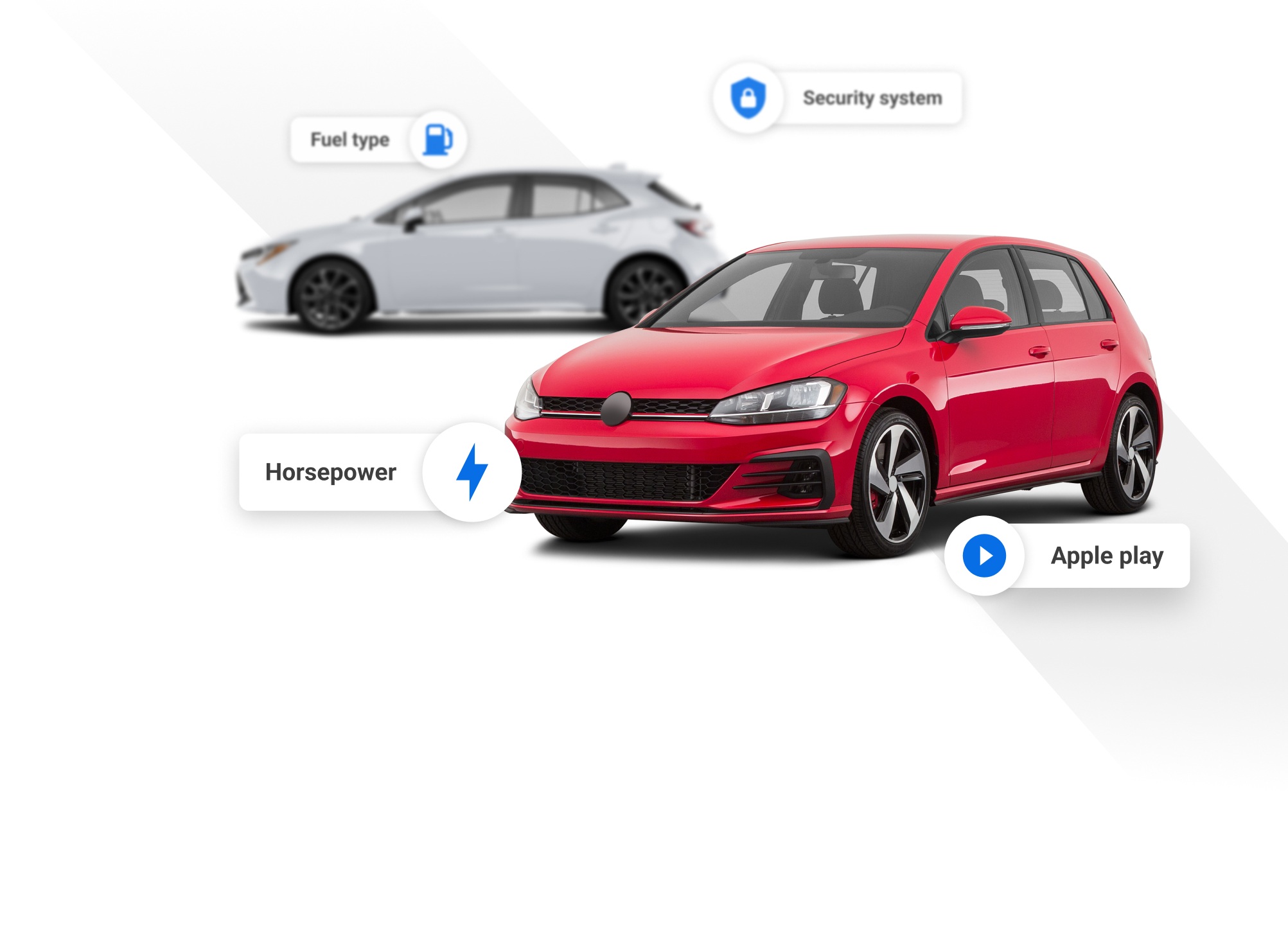
2022 Nissan LEAF


Key Specifications for 2022 Nissan LEAF






Buyer’s Guide
History/Overview
In 2012, the Nissan Leaf was among the auto industry’s first mainstream electric cars. Since then, it has matured significantly with the introduction of a second-generation model in 2018 and the addition of better battery tech and longer driving range.
What’s New/Key Changes From Last Year
For 2022, there are no functional changes to the Leaf, but Nissan has cut nearly $7,000 from the car’s price.
Available Trims
Nissan offers the Leaf in SV, S Plus, SV Plus and SL Plus trims. The Plus designation indicates a larger battery pack that adds performance and driving range compared to the entry-level SV trim.
Standard Features
S Plus models come with 16-inch alloy wheels, LED headlights, an 8.0-inch touchscreen, passive keyless entry, automatic A/C, automatic high beams, heated front and rear seats and steering wheel, and four-speaker audio.
Standard safety features include blind spot monitoring, lane change intervention, rear cross-traffic alert, forward collision mitigation, pedestrian detection, and rear door alert.
SV and SV Plus add 17-inch wheels, fog lights, navigation, surround-view cameras, an auto-dimming rearview mirror, power driver’s seat, six-speaker audio, ProPilot assist, and a driver alertness monitor.
SL Plus gains leather upholstery, and a seven-speaker sound system.
Fuel Economy
Nissan’s energy consumption estimates for the Leaf are 1.9/2.4 Le/100 km for SV trim, and 2.1/2.5 Le/100 km with the Plus models’ larger battery and stronger motor.
Competition
The Chevrolet Bolt is the Leaf’s key competitor; others include the Hyundai Ioniq Electric, Kia Soul EV, and Kia Niro EV.
Review & Compare:
Photos




























AutoTrader Review


This vehicle has not yet been reviewed
















